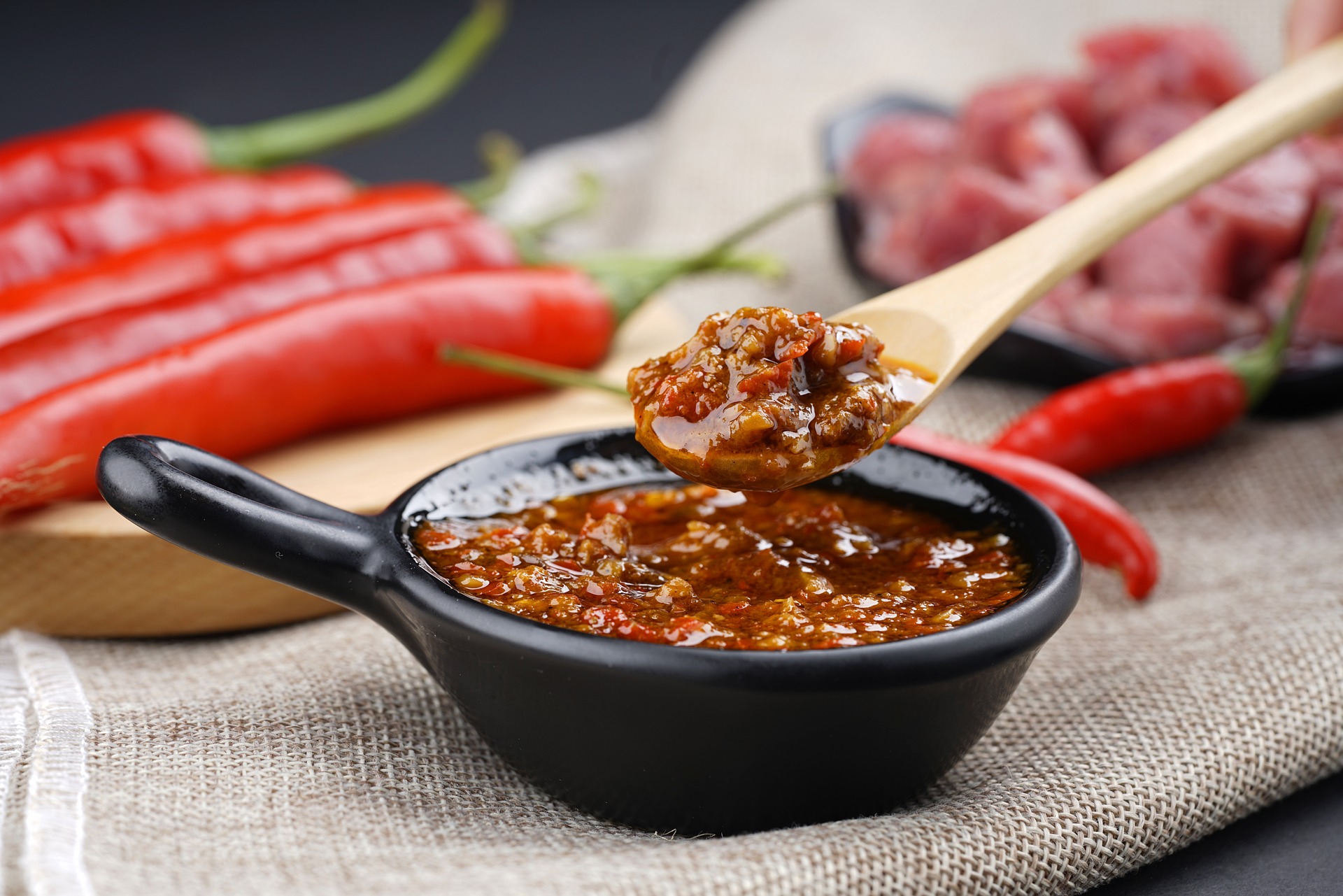Umami Revolution: Unlocking the Fifth Taste
Savory, rich, and deeply satisfying - umami has captivated taste buds worldwide. This elusive fifth taste, often described as meaty or brothy, is transforming culinary landscapes. From high-end restaurants to home kitchens, chefs and food enthusiasts are exploring innovative ways to harness umami's power, creating dishes that tantalize and intrigue. Join us on a journey to uncover the secrets of this flavor sensation and learn how to elevate your cooking game.
Umami-Rich Ingredients to Stock
To harness the power of umami in your cooking, it’s essential to stock your pantry with ingredients rich in this savory flavor. Some key umami boosters include aged cheeses like Parmesan and Pecorino Romano, which develop more glutamates as they mature. Fermented products such as soy sauce, miso paste, and fish sauce are umami powerhouses, adding depth and complexity to dishes. Sun-dried tomatoes, mushrooms (especially dried shiitake), and seaweed are excellent plant-based sources of umami. For meat lovers, cured meats like prosciutto and bacon pack a umami punch. Don’t forget about anchovy paste, Worcestershire sauce, and nutritional yeast - these ingredients can elevate even the simplest dishes with their umami-rich profiles. By incorporating these ingredients into your cooking, you’ll be able to create more satisfying and flavorful meals that showcase the magic of umami.
Umami-Boosting Cooking Techniques
Certain cooking techniques can help unlock and intensify umami flavors in your dishes. One of the most effective methods is slow-cooking or braising, which allows flavors to develop and deepen over time. This technique is particularly effective with meat dishes, creating rich, savory broths. Roasting vegetables, especially tomatoes and mushrooms, concentrates their natural umami compounds. Grilling and searing meats create a flavorful crust through the Maillard reaction, enhancing umami taste. Fermenting vegetables not only preserves them but also increases their umami content. Aging certain foods, like cheese and cured meats, naturally boosts umami flavors. Experiment with these techniques to bring out the best in your ingredients and create dishes with complex, satisfying flavors that will impress even the most discerning palates.
Umami in Global Cuisines
Umami plays a crucial role in many global cuisines, each utilizing unique ingredients and techniques to harness its flavor-enhancing properties. In Japanese cuisine, dashi, a broth made from kombu seaweed and bonito flakes, forms the umami-rich base for many dishes. Italian cuisine relies heavily on aged cheeses and tomatoes to create deeply satisfying flavors. Chinese cooking often incorporates soy sauce, dried mushrooms, and fermented bean pastes to boost umami. In Southeast Asian cuisines, fish sauce is a key umami ingredient, adding depth to curries and stir-fries. French cuisine utilizes techniques like reduction and long-simmering stocks to concentrate umami flavors. By exploring these global approaches to umami, you can expand your culinary repertoire and create more nuanced, flavorful dishes inspired by cuisines around the world.
Balancing Umami in Your Dishes
While umami can greatly enhance the overall flavor profile of a dish, it’s crucial to strike the right balance. Too much umami can overpower other tastes and create an unpleasant, overly salty sensation. To achieve harmony, consider pairing umami-rich ingredients with acidic elements like citrus fruits or vinegar, which can help cut through the richness. Sweet components can also balance strong umami flavors, creating a more complex taste experience. When using multiple umami-rich ingredients, be mindful of their intensity and adjust quantities accordingly. Experiment with different combinations and proportions to find the perfect balance that suits your palate. Remember, the goal is to enhance and complement other flavors, not dominate them. With practice and experimentation, you’ll develop an intuitive sense of how to incorporate umami into your cooking for truly memorable meals.
Umami Tips & Facts
• Umami is often described as the taste of “deliciousness” in Japanese.
• The umami taste receptor was only identified by scientists in 2002.
• Breast milk is naturally high in umami compounds, which may explain why humans are drawn to this taste.
• Combining different umami-rich ingredients can create a synergistic effect, intensifying the overall umami sensation.
• Umami can help reduce the need for salt in cooking, making dishes healthier without sacrificing flavor.
• The umami taste tends to linger longer on the palate compared to other basic tastes.
• Some unexpected umami-rich foods include green tea, walnuts, and certain types of seaweed.
Conclusion
Embracing umami in your culinary adventures opens up a world of flavor possibilities. By understanding its science, stocking umami-rich ingredients, mastering umami-boosting techniques, and exploring its role in global cuisines, you can transform your cooking and create more satisfying, complex dishes. Remember to balance umami with other flavors for harmonious results. As you continue to experiment and refine your umami expertise, you’ll discover new ways to elevate your meals and delight your taste buds. So, dive into the umami revolution and let this fifth taste guide you to new heights of culinary creativity and enjoyment.






